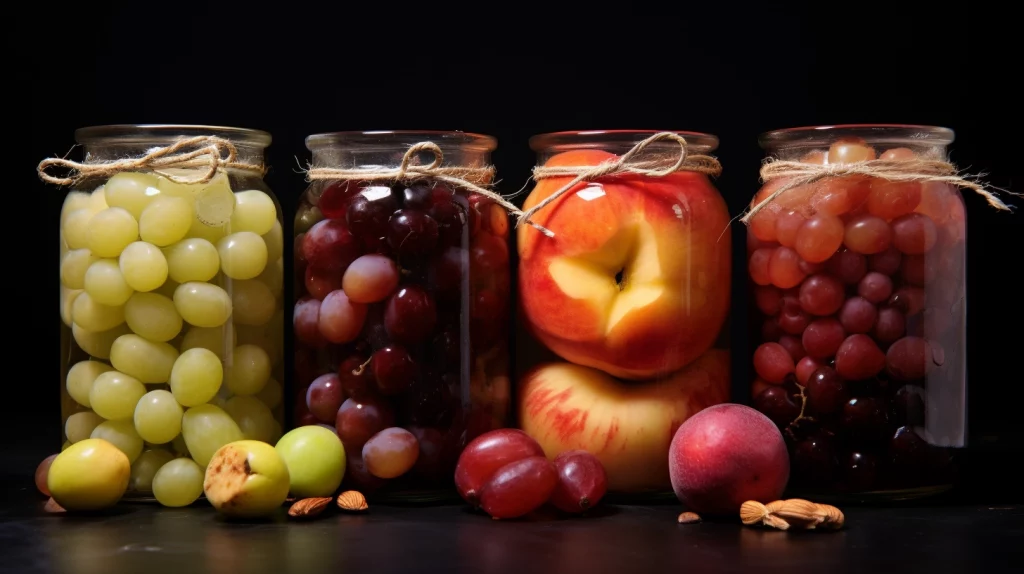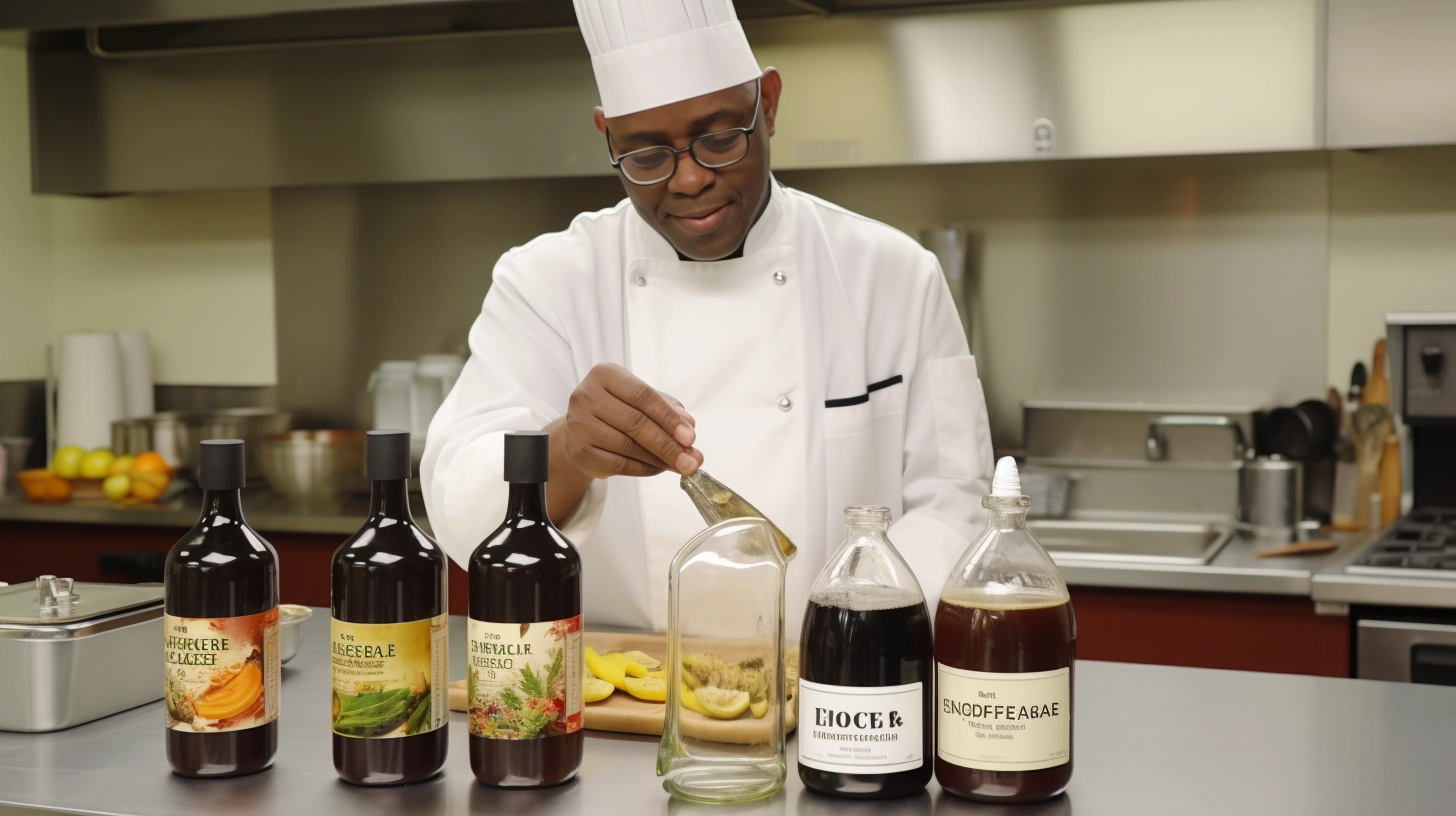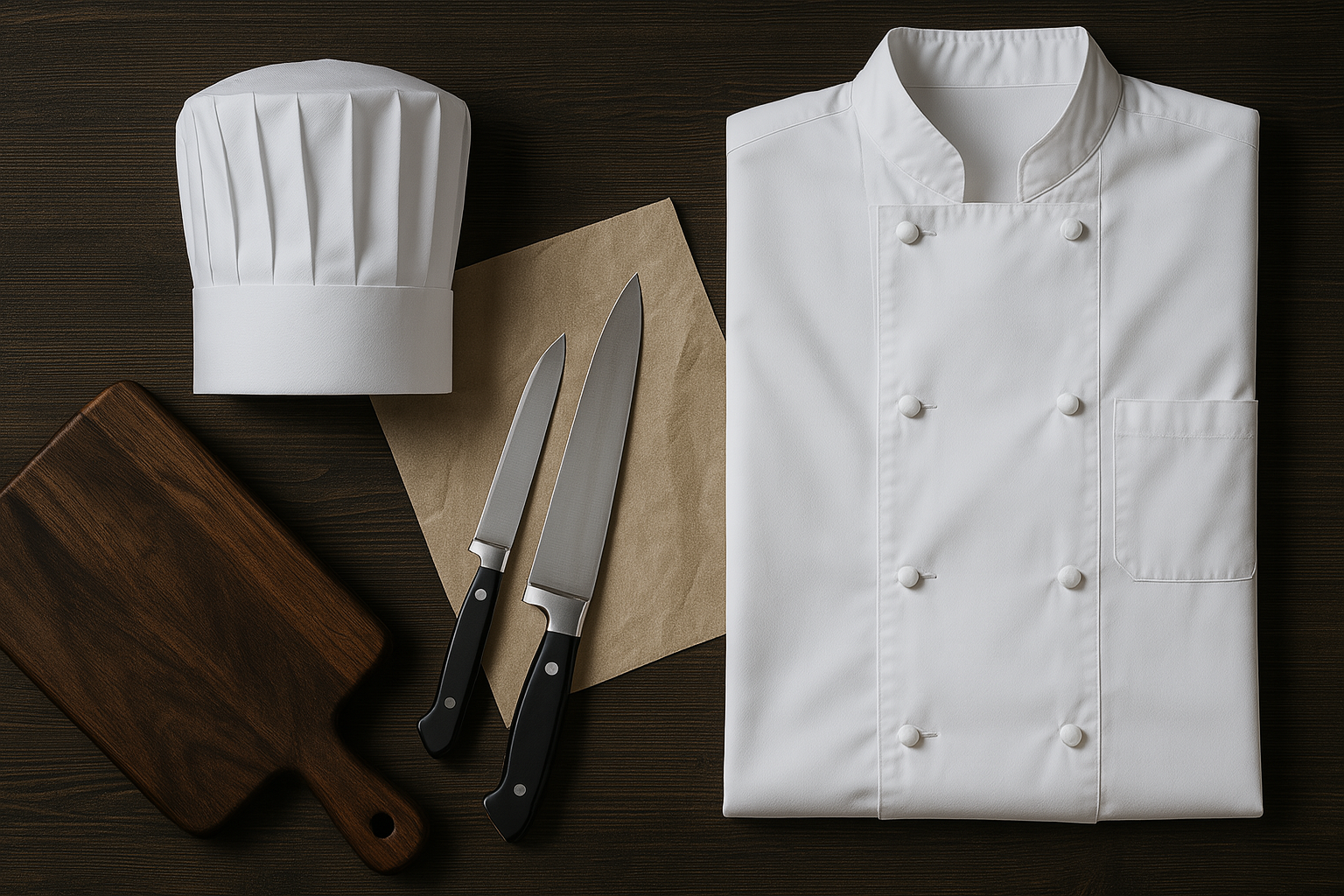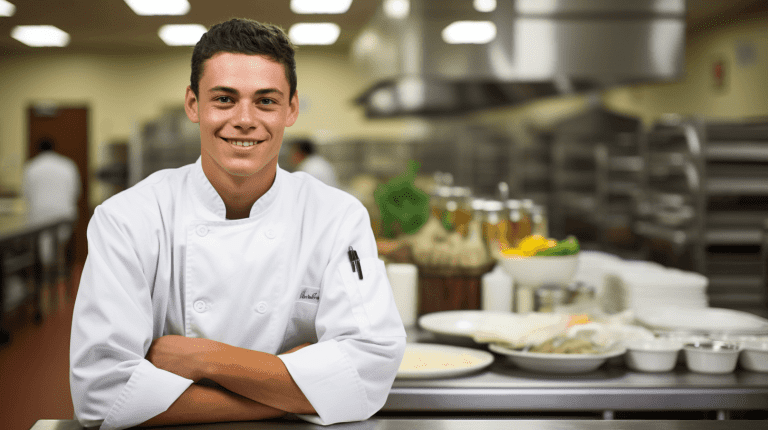How Is Vinegar Made: Vinegar, an everyday household item, boasts an impressive range of uses outside of the kitchen, from laundry to gardening to health care.
Yet, few people know the journey that transformed a simple sugar source into the multifaceted vinegar we have today. The creation process of vinegar is indeed a blending of science and art.
Let’s unveil this culinary progression step by step.
Selection of Fermentable Material

The adventure begins with selecting the fermentable material, the very foundation of your vinegar. Whether it’s crunchy apples from your backyard, a bunch of plump grapes from the farmer’s market, or grains like barley and corn, this material needs to have a rich sugar content. The type of vinegar you intend to craft – apple cider vinegar versus malt vinegar, for instance – will determine your choice. Embarking on this path requires a keen understanding of flavor profiles.
Initial Fermentation: Alcoholic Fermentation

Now that the ingredient has been chosen and prepared, we welcome the first stage of fermentation. Here, the fermentable material is exposed to yeast. Some prefer to allow the material to interact with the yeast naturally found in the environment, while others, in a quest for a controlled fermentation progression, may introduce selected yeast strains. The yeast gets to work, breaking down the sugars in our fermentation material into alcohol.
Part science and part magic, this transformation is undeniably fascinating.
Secondary Fermentation: Acetic Fermentation

The stage is now set for the secondary fermentation process, the gateway to true vinegar. The new guest to our fermentation party is the bacterium known as Acetobacter. This bacterium munches contentedly on the alcohol produced during the first fermentation, converting it into acetic acid. This creates the tart, sharp character that we associate intrinsically with all forms of vinegar.
Maturation

Maturation is the silent artist of the vinegar crafting journey. Once the acetic fermentation is completed, the vinegar is set aside to mature. The vinegar, stored in containers – often wooden barrels or glass containers – allows for flavor refinement and character development during this period of calm. Here, the vinegar takes on subtle notes from its storage vessel, adding intrigue and depth to its overall profile.
Filtration and Pasteurization
The final checks before the vinegar reaches your kitchen come in the form of filtration and pasteurization. Filtration sifts away any solid residues, lending clarity to the vinegar, whereas pasteurization boosts its safety quotient by eliminating any unwelcome microbes. These additional steps ensure that the vinegar you integrate into your culinary creations is safe, shelf-stable, and beautifully transparent.
Packaging
The journey from humble sugar source to refined vinegar concludes with packaging. Much like a diligent scribe safeguarding precious scripts, the packaging of vinegar plays a crucial role in preserving its integrity. Typically, vinegar is bottled in glass, shielding it from extraneous flavors and maintaining the quality honed over its crafting journey. Poised and eager, the vinegar is now ready for dispatch, en route to enliven dishes around the globe.
The Role of Vinegar in Cuisine
Vinegar, despite its acidity, is a harmonizing force in the culinary world, capable of balancing flavors, enhancing subtle undertones, and providing a clean contrast to rich dishes.
Sushi rice gets its characteristic tang from rice vinegar, while high-end restaurants often make reductions from high-quality balsamic vinegar to complement their sophisticated dishes. Meanwhile, a splash of apple cider vinegar can elevate a simple salad.
Truly, vinegar is an unsung hero in gourmand circles worldwide.
Crafting vinegar isn’t just a handy science experiment, it’s an immemorial culinary tradition. Unseen, vinegar’s tangy soul does more than transform sugar.
It brings out the best in other ingredients, adding depth where there was shallowness and brightness where there was dullness.
If you create your own vinegar, then you might be interested to create many other ingredients and many other preparations. We prepared you a guide on how to becoming a chef online.







